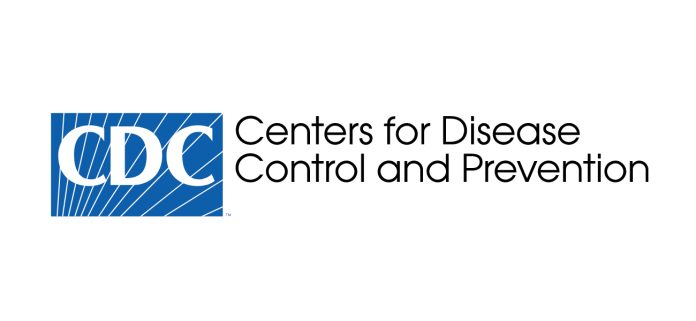Adults on dialysis treatment for end-stage kidney disease were 100 times more likely to have a Staphylococcus aureus (staph) bloodstream infection than adults not on dialysis during 2017–2020, according to a new Vital Signs report released Monday by the Centers for Disease Control and Prevention.
More than half of people in the U.S. receiving dialysis belong to a racial or ethnic minority group — about 1 in every 3 people receiving dialysis is Black and 1 in every 5 is Hispanic. CDC data found patients on dialysis in these groups have higher rates of staph bloodstream infections than White patients on dialysis.
Dialysis treatment, although necessary and lifesaving, comes with risks. Healthcare providers use needles or catheters to connect a patient to a dialysis machine, and germs, like staph, can get into a patient’s bloodstream. Staph bloodstream infections can be serious and even deadly. Some infections are resistant to some of the most common antibiotics used to treat them, making the drugs ineffective.
CDC data confirmed one of the key ways healthcare providers can reduce the risk of infection is by using lower-risk alternatives, such as fistulas and grafts, to replace central venous catheters to connect patients’ blood circulation to dialysis machines for treatment.
Hispanic patients on dialysis had a 40% higher risk of staph bloodstream infections than White patients on dialysis between 2017 and 2020. Other challenges for many patients on dialysis include:
>> Lack of access to preventive care for conditions like diabetes and high blood pressure, which increase the risk of developing end-stage kidney disease.
>> Lack of patient education about treatment options for end-stage kidney disease.
>> Extended use of a central venous catheter to connect a patient’s blood circulation to a dialysis machine for treatment (also known as a vascular access type). Catheters have the highest risk of infection among all vascular access types.
>> Socioeconomic factors, including poverty, household crowding, and lower education levels.




